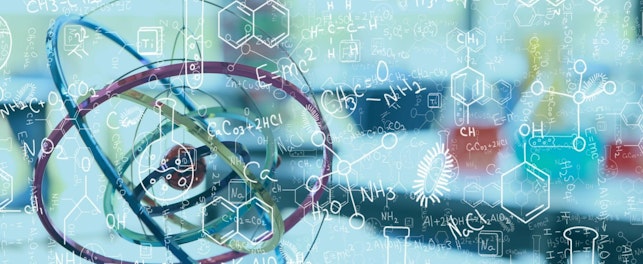CEN has published amendment 1 to EN 71-3:2019 for the migration of certain elements in toys. Conflicting national standards are to be withdrawn by October 2021.
In November 2019, the European Union (EU) strengthened the migration limits for aluminum 2.5-fold in all three categories of toy materials as part of its technical and scientific developments under Directive 2009/48/EC, the Toy Safety Directive (TSD, consolidated version to November 2019, SafeGuardS 166/19). These revised limits for aluminum migration will become effective on May 20, 2021.
In April 2021, the European Committee for Standardization (Comité Européen de Normalisation, CEN) published EN 71-3:2019+A1:2021, the new toy safety standard for the migration of 19 elements. This new standard contains several important changes when compared to its previous version, EN 71-3:2019. These include:
- Adapting the new legal migration limits for aluminum for all three categories of toy materials
- Indicating that the user of the standard may determine whether a toy would fall under the scope of EN 71 Parts 1 to 5 and 7 to 14 and to apply each applicable standard accordingly
- Informing that the following technical documents have been published:
- CEN/TR 15071 'Safety of toys - National translations of warnings and instructions for use in EN 71 series'
- CEN/TR 15371 Parts 1 and 2 'Safety of toys - Interpretations'
- CEN/TR 16918 'Safety of toys - Children's mouthing behavior in contact with toys'
- CEN ISO/TR 8124-8 'Safety of toys - Age determination guidelines'
- Clarifying the meaning of V1 and V2 in the formula for calculating chromium (VI) migration (clause F.6.2)
According to EN 71-3:2019+A1:2021, this standard will be given the status of a national standard by October 2021 and conflicting national standards are to be withdrawn by this date at the very latest. This standard is expected to be harmonized under the TSD upon official acceptance by the European Commission (EC) and by publication in the Official Journal of the EU (OJEU).
Highlights of the changes for aluminum migration limits between EN 71-3:2019 and EN 71-3:2019+A1:2021 are summarized in Table 1.
| Standard | Dry, brittle, powder-like or pliable (Category I) | Liquid ot Sticky (Category II) | Scraped-off (Category III) |
| EN 71-3:20191 | 5,625 | 1,406 | 70,000 |
| EN 71-3:2019+A1:20212 | 5,625/2,2503 | 1,406/5603 | 70,000/28,1303 |
| 1 Cited in OJEU for presumption of conformity with the TSD (SafeGuardS 149/19) 2 Expected to be cited in the OJEU for presumption of the conformity with the TSD 3 The strengthened limits were amended by Directive (EU) 2019/1922 and apply from May 20, 2021 | |||
Table 1
Definitions and examples of toy materials
| Toy material | Example |
|---|---|
| Category I: Dry, brittle, powder-like or pliable |
|
| Category II: Liquid or sticky toy |
|
| Category III: Scraped-off |
|
SGS offers a wide range of services to ensure that your products comply with the EU Toy Safety Directive. We offer training, safety/risk assessment, technical documentation check, labelling review, testing according to harmonized standards, SVHC screening, inspections and audits. We operate the world's largest network of toy experts and testing facilities - around 20 toy laboratories worldwide, including 3 EU Notified Bodies (France, Germany and Netherlands). In the end, it's only trusted because it's tested. Contact us for more information or visit our website.
For enquiries, please contact:
Hingwo Tsang Global Information and Innovation Manager t: +886 (02) 2299-3939
© SGS Group Management SA - 2021 - All rights reserved - SGS is a registered trademark of SGS Group Management SA. This is a publication of SGS, except for 3rd parties' contents submitted or licensed for use by SGS. SGS neither endorses nor disapproves said 3rd parties contents. This publication is intended to provide technical information and shall not be considered an exhaustive treatment of any subject treated. It is strictly educational and does not replace any legal requirements or applicable regulations. It is not intended to constitute consulting or professional advice. The information contained herein is provided "as is" and SGS does not warrant that it will be error-free or will meet any particular criteria of performance or quality. Do not quote or refer any information herein without SGS's prior written consent.



